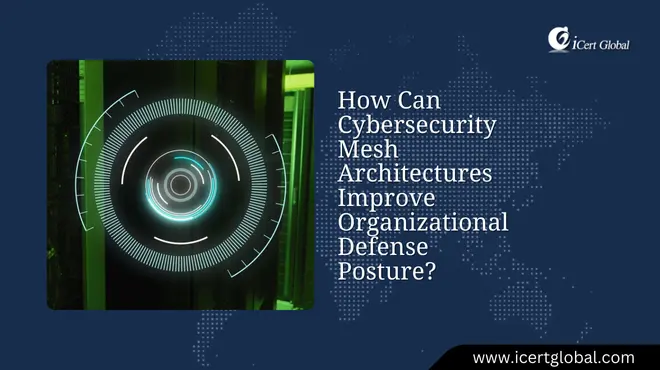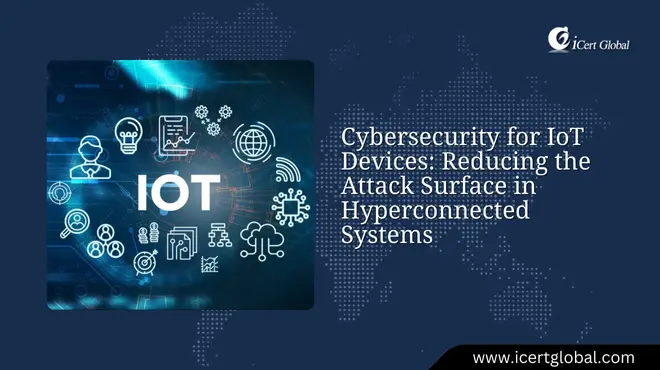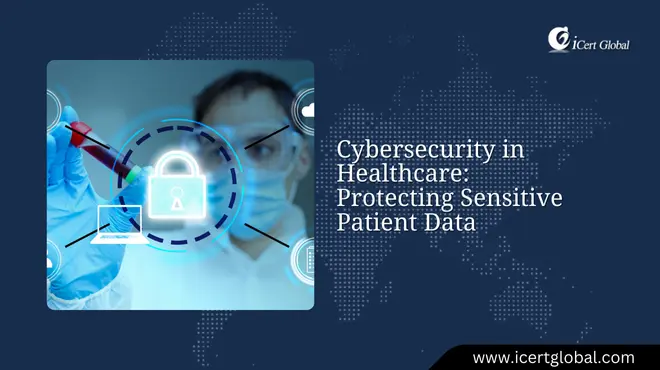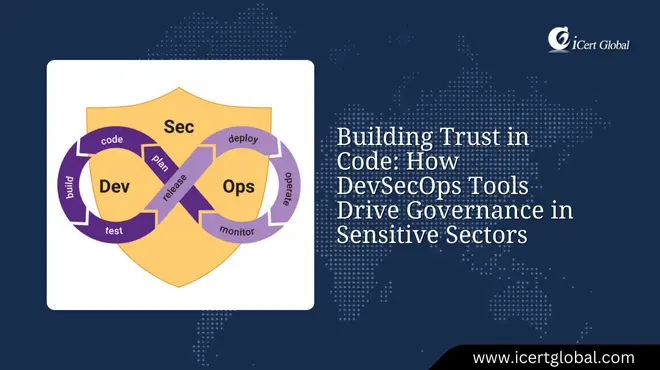Articles on Cyber Security
Why Information Security Matters More Than Ever in 2025
In today’s hyperconnected world, the importance of Information Security has surged, especially in 2025, when even ...
Best Penetration Testing Certifications for Cybersecurity Professionals
As network security continues to evolve, obtaining top penetration testing certifications empowers professionals to stay...
What is Information Security? A Complete Beginner’s Guide
While network security focuses on defending the digital pathways within an organization, information security protects t...
How Cyber Attacks Happen: Inside the Mind of a Hacker
Grasping the fundamentals of network security becomes even more important when we look at how hackers plan and execute c...
What Is Network Security? A Complete Guide for 2025
As businesses rely more on connected systems, combining a focus on computer security with a deep understanding of networ...
From Zero to Bug Bounty: Beginner’s Roadmap to Ethical Hacking Success
Whether it’s network security, endpoint protection, or cloud security, understanding all 7 types of cybersecurity ...
10 Tricks to Enhance Cybersecurity with Blockchain Technology
As you prioritize computer security in 2025, blockchain-based strategies offer innovative ways to strengthen defenses an...
How Can Federated Learning Enhance Privacy in Cybersecurity Solutions?
As we navigate increasing cyber risks, putting computer security first and integrating federated learning can help safeg...
How Can Cybersecurity Mesh Architectures Improve Organizational Defense Posture?
Cybersecurity, the practice of protecting systems, networks, and data from digital attacks, can be greatly strengthened ...
Cybersecurity for IoT Devices: Reducing the Attack Surface in Hyperconnected Systems
In today’s hyperconnected systems, where IoT devices can quickly become weak links, making computer security your ...
Cybersecurity in Healthcare: Protecting Sensitive Patient Data
With a stunning 276 million healthcare records breached and exposed in 2024, we formally recognize that the healthcare m...
Building Trust in Code: How DevSecOps Tools Drive Governance in Sensitive Sectors
In a recent study by the Ponemon Institute, an eye-opening 78% of organizations suffered a successful cyberattack within...
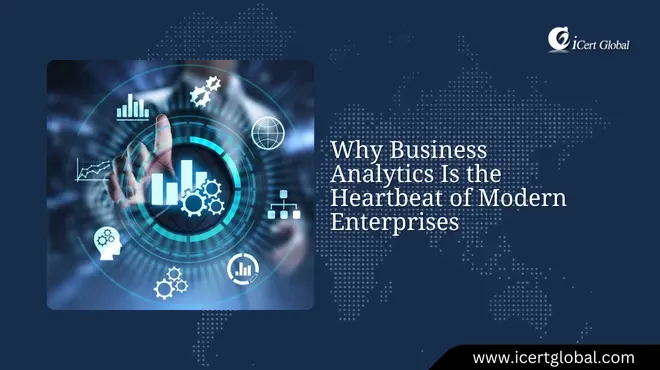
.webp)
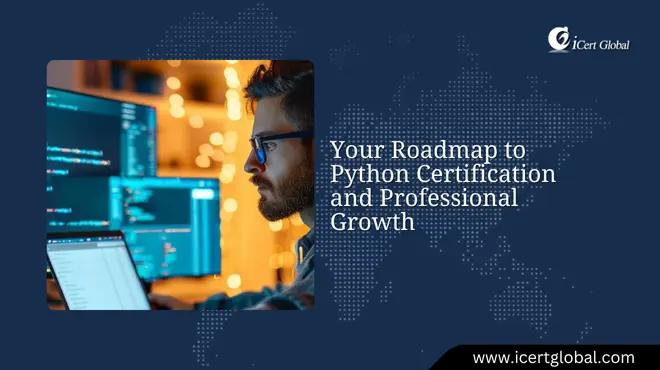
.jpg)


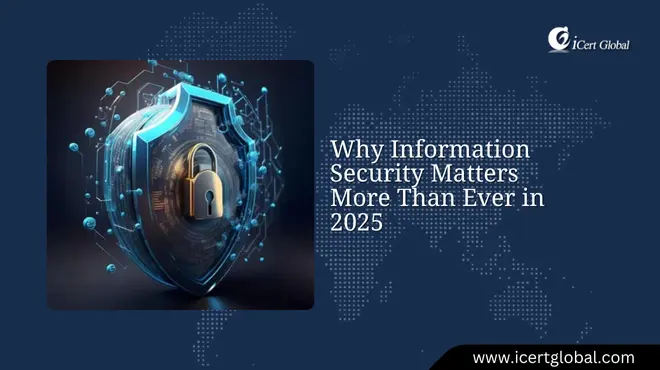
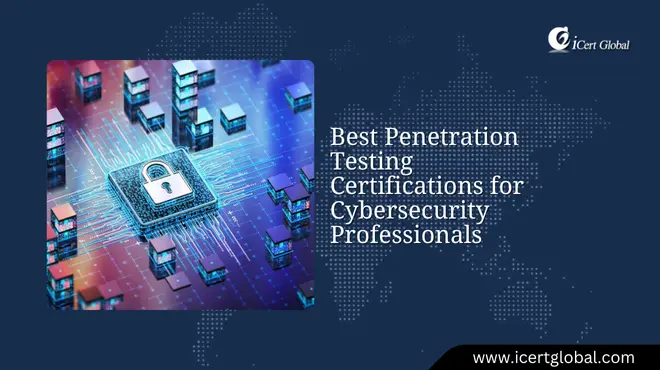
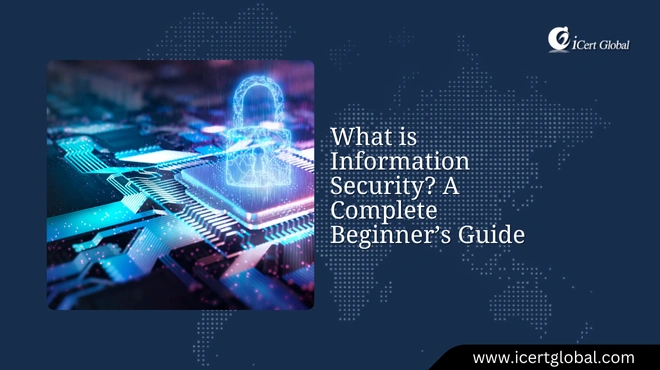
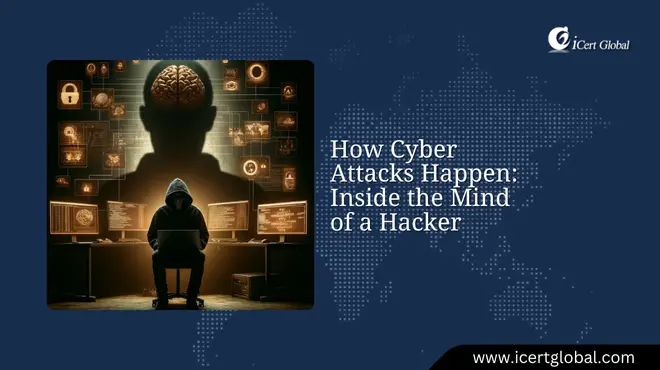
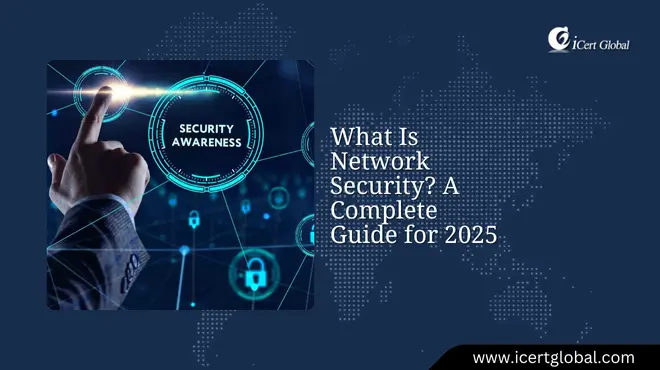
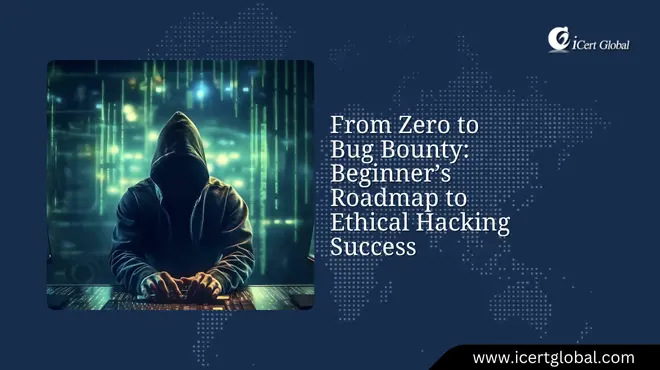
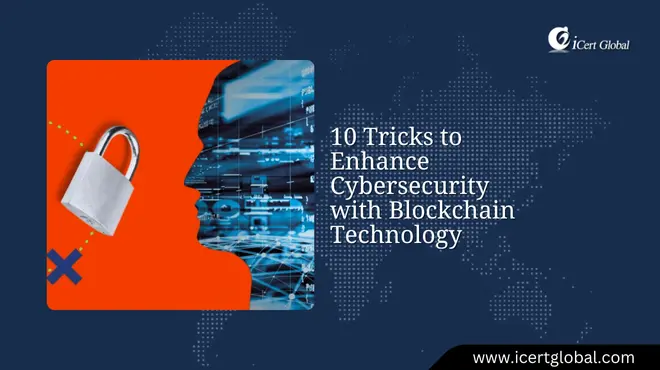
.webp)
